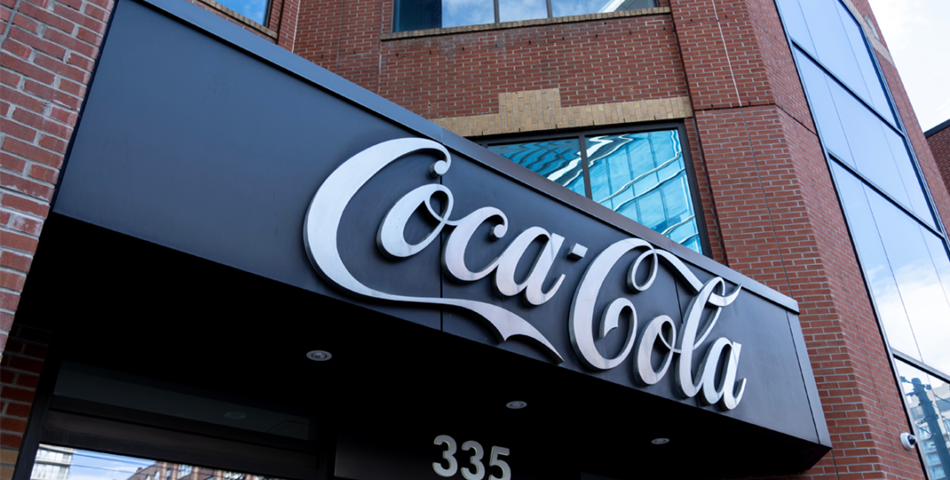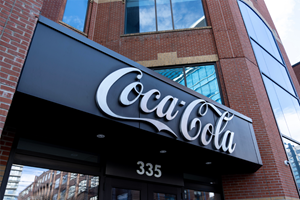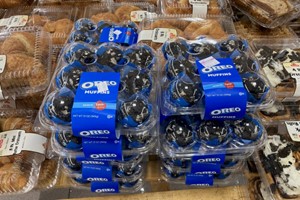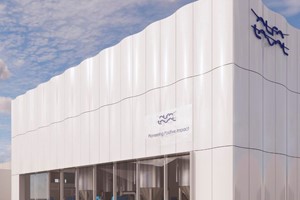The coronavirus pandemic has triggered seismic shifts in shopping behavior, challenging The Coca-Cola Company, and creating new opportunities in everything from brand launches and marketing campaigns to routes to market and revenue growth management strategies.
Coca-Cola teams around the world are collaborating with grocery customers to adjust supply chains and prioritize delivery and promotion of core brands and SKUs like multipacks as people adjust to stay-at-home lifestyles and make fewer, quicker stock-up trips. “We’re doing what we need to do to keep the attention of the shopper,”
With consumers reaching for established, trusted brands during uncertain times, Coca-Cola is taking steps to keep top-selling offerings in stock and scaling back or postponing planned brand launches.
To support the surge in e-commerce channels – which have doubled in some countries as more people order necessities for home delivery – the Coca-Cola system is prioritizing package options that are fit-for-purpose for online sales, boosting investment in digital promotions, increasing in-app visibility with e-delivery grocers, and piloting digitally enabled fulfillment models. Bottlers are investing in digital B2B solutions to manage customer orders and deliveries, and the company is rolling out a B2C platform in Latin America that lets consumers order beverages and groceries from local mom-and-pop stores for home delivery.
ATLANTA — Markets opening this year after COVID-19 restrictions lifted has boosted Coca-Cola Co. financial results in many areas of the world, although certainly not China.
Net income attributable to shareowners of Atlanta-based Coca-Cola Co. was $2.78 billion, equal to 64¢ per share on the common stock, in the first quarter ended April 1, which was up 24% from $2.25 billion, or 52¢ per share, in the previous year’s first quarter. Net operating revenues increased 16% to $10.49 billion from $9.02 billion.
“We delivered 8%-unit case volume growth, primarily driven by strong recovery in away-from-home channels and continued growth in at-home channels,” said James Robert B. Quincey, chief executive officer, in an April 25 earnings call. “Volume growth was strong across all operating segments, driven by marketing investments and aided by an increase in consumer mobility as the impact of the pandemic abated in most regions.”
But not all regions.
“Some are opening up exuberantly and actually chasing and keeping up with demand and the kind of the reopening euphoria, all the way across the spectrum to parts of China like Shanghai, which is in full lockdown as though it were April 2020,” Mr. Quincey said.
First-quarter unit case volume declined in China.
“In China, a strong start in January, led by an excellent Chinese New Year brand activation with Coke, was followed by strict COVID lockdowns, and this resulted in reduced consumer mobility,” Mr. Quincey said.
Asia Pacific still managed a 1% increase in net operating revenues to $1.41 billion, but operating income slipped 3% to $664 million.
North America rang up a 22% net operating revenue increase to $3.59 billion and a 33% operating income increase to $792 million. Unit case volume grew 5% thanks to further recovery in the fountain business.
“In North America, we are seeing more inflation and are continuing to navigate supply chain dynamics,” Mr. Quincey said. “We're closely monitoring further pressure in some inputs such as high-fructose corn syrup, PET and metals, along with wages and transportation as they impact us as well as our bottling partners.
“Despite these challenges, we continue to gain share in both at-home and away-from-home channels and across most categories. The strong rollout of Real Magic platform and the successful launch of Coke Starlight resulted in Coke trademark being the fastest-growing trademark in measured retail, driving household penetration up a full point.”
Coca-Cola companywide expects commodity price inflation to be in the mid-single-digit percentages over the fiscal year.
Besides environmental benefits, refillable, reusable packages give Coca-Cola an opportunity to have a lower entry price point, especially in larger sizes and in developing and emerging markets like Latin America, Mr. Quincey said.
“We've even taken to experimenting with returnable glass in the Southwest of the US,” he said.
Latin America had the biggest increases in the quarter with net operating revenues up 34% to $1.21 billion and operating income up 38% to $760 million.
In Europe, Middle East and Africa, net operating revenues increased 13% to $1.83 billion and operating income rose 23% to $1.01 billion. Coca-Cola suspended its business in Russia on March 8 because of the conflict in Ukraine. The company expects the suspension to impact unit case volume by 1%, net revenues and operating income by 1% to 2%, and comparable EPS by 4¢.
“In EMEA, notwithstanding the conflict in Ukraine and an uptick in inflation, we delivered a strong performance in Europe in the quarter,” Mr. Quincey said. “The continued rollout of new and improved Coca-Cola Zero Sugar across key markets helped drive 5 percentage points of sparkling single-serve mix growth, which is ahead of pre-pandemic levels.”
Globally for the Coca-Cola Co., sparkling soft drinks sales grew 7% in the quarter with Coca-Cola Zero Sugar sales up 14%. Nutrition, juice, dairy and plant-based beverage sales were up 12%, led by Fairlife in the United States, Minute Maid Pulpy in China and Maaza in India.
Sales in hydration, sports, coffee and tea increased 10%. Sports drinks sales soared 22%, primarily driven by BodyArmor and Powerade. Coffee sales increased 22%, primarily driven by cycling the impact of Costa retail store closures in the United Kingdom in the prior year and continued expansion of Costa coffee across markets. Sales increases were 8% for both hydration and tea.














